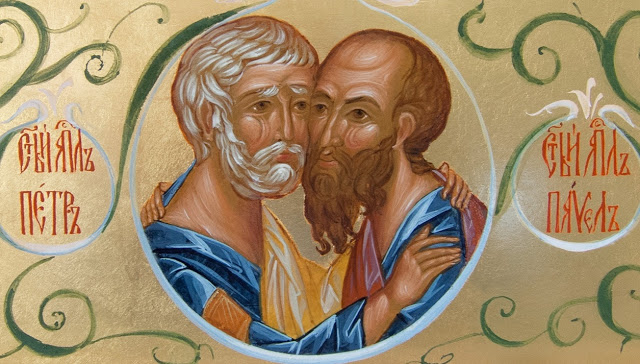
Saint Apostles Peter and Paul have been honored since the day of their execution. The place where they were buried was sacred for the first Christians. In the IV century Saint equal-to-the-apostles Constantine the Great erected monasteries in the honor of Saint Apostles Peter and Paul in Rome and Constantinople. Their common feast was widespread even during the early centuries of Christianity. On this day the Orthodox Church glorifies the strength of Saint Peter’s spirit and Saint Paul’s wisdom, and praises the image of sinners who managed to reform. Saint Peter’s image represents a person who rejected God but repented, and the image of Saint Paul is the image of a person who resisted God’s will but finally accepted Him.
Take a look at the hand-painted icon of Holy Apostles Peter and Pavel >>
The Russian Church honors the apostles since the moment of the Christianization of Rus. According to the story, Saint Prince Vladimir had brought the icon of Saint Apostles Peter and Paul from Korsun, which was later gifted to the Cathedral of Saint Sofia in Novgorod. This cathedral has several IX century frescos of Saint Apostle Peter. In the Cathedral of Saint Sofia in Kiev there are some wall paintings of the apostles as well, but they are dated back to the XI-XII centuries. The first monastery in honor of Saint Apostles Peter and Paul was built in Novgorod in 1185. Around the same time the Monastery of Saint Peter in Rostov was constructed. Also, Saint Peter and Paul Monastery existed in the XIII century in Bryansk. The most famous icons of apostles Peter and Paul were painted by Andrew Rublev, a famous Russian icon-painter. To commemorate their feast days here are the maps of the apostles’ travels, during which they converted and guided many of the first and early Christians:
Apostle Paul’s Missionary Journey Map
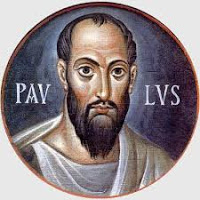
Paul traveled over 10,000 miles proclaiming the gospel of Jesus Christ. His journeys on land and sea took him primarily through present day Israel, Syria, Turkey, and Greece. Paul walked the roads built by the Romans to facilitate their control over their Empire. Travelers took to the roads in as large a group as they could find. There was constant danger of bandits. They hurried to get to the next wayside inn for shelter and whatever food might be available.
Traveling by sea was not comfortable. There were no cabins for travelers. They had to find a place on the deck exposed to sun, winds, and rain. Paul’s trade as a tentmaker probably held him in good stead, as he could fashion shelter for himself and his companions on the deck.
In 2 Corinthians Chapter 11: Paul describes some of the dangers of traveling:
“… three times I was shipwrecked, I passed a night and a day on the deep;”, “on frequent journeys, in dangers from rivers, dangers from robbers, dangers from my own race, dangers from Gentiles, dangers in the city, dangers in the wilderness, dangers at sea”, “in toil in hardship, through many sleepless nights, through hunger and thirst, through frequent fastings, through cold and exposure.”

In response to a call of the Holy Spirit, the church in Antioch chose Barnabas and Paul to proclaim the gospel. They first traveled to Cyprus, then to Antioch in Pisidia, a city in present day west central Turkey. They then went to Iconium, Lystra and Derba. They then returned through Perga to Antioch. When they stopped in each city, they went to the synagogues to preach the coming of Jesus Christ, the messiah as the fulfillment of the promises made in the Old Testament.

Barnabas and Paul separated over a disagreement (Acts 15: 36 – 40). Barnabas returned to Cyprus. From Jerusalem Paul went overland to revisit the churches in Lystra and Iconium. On this trip Paul had a dream calling him to bring the gospel to Macedonia. He crossed the Aegean Sea to present day Greece. He traveled down the east coast of Greece. Stopping in Athens, Paul attempted to proclaim the gospel in Athens, where he was met with polite indifference (Acts 17: 16 – 32). He then went to Corinth where he established a church that would give him both great joy and pain (see 1 and 2 Corinthians).
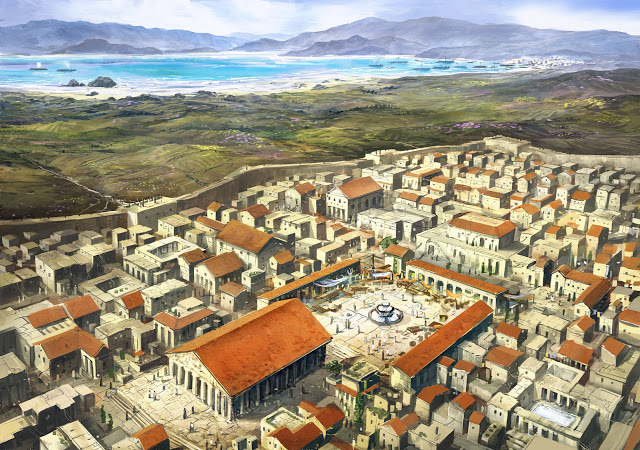
Traveling back through Ephesus where his successful teaching won many to Christ to the annoyance of the local charm dealers (Acts 19: 21 – 40). Paul returned to Antioch by way of Jerusalem.

On his third and longest journey Paul went overland through present day Turkey then across the Aegean Sea to Greece. This was a pastoral journey revisiting the churches he had founded to strengthen them and give them further instruction. While in Ephesus Paul heard a prophecy that should he return to Jerusalem he would be imprisoned. The churches he visited pleaded to him not to go. But Paul felt called by Christ to continue to meet whatever God willed for him.

In Jerusalem Paul was arrested and accused of violating the sacred grounds of the Temple (Acts 21: 27 – 36). He was saved from being beaten to death when the Roman tribune intervened and brought him to the barracks. In defending himself Paul claimed his right as a Roman citizen to appeal his case to the Emperor. He was then sent to Rome to have his case resolved.
Luke ends the Acts of the Apostles with Paul’s arrival in Rome. From Rome the gospel would be proclaimed throughout the world.
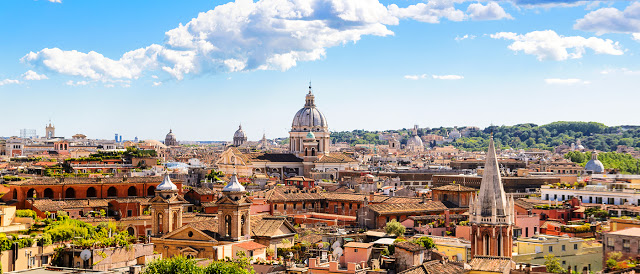
Apostle Peter’s Missionary Journey Map

Peter spreads the Good News in Jerusalem on the Day of Pentecost in 30AD. Three thousand who hear his message become believers (Acts 2:14-41).
Peter heals a lame man at the Beautiful Gate of the Temple. He and John are arrested by the temple guards and told not to preach (Acts 3:1-4:22).
As the leader of the church in Jerusalem over the next few years, Peter rebukes Ananias and Sapphira when they lie about the money they have received from selling some land (Acts 5:1-16).
Peter is the spokesperson when he and another apostle are arrested in Jerusalem (Acts 5:17-42).
Peter and John go to Sebaste in Samaria in 35AD and pray for the new Samaritan believers to be filled with the Holy Spirit (Acts 8:14-24).
They return to Jerusalem, sharing their message en route in many villages in Samaria (Acts 8:25).

Later in the year, Peter visits the believers in Lydda (called Lod in the Old Testament) (Acts 9:32-35). He heals Aeneas who has been bedridden for eight years. Lod, today, is the site of Tel Aviv’s international airport.
Peter is called to the port of Joppa where Tabitha (‘Dorcas’ in Greek, meaning a ‘gazelle’), one of the believers, has died. Peter prays for her, and the dead woman comes back to life (Acts 9:36-43).
Cornelius – a Gentile God-fearing centurion belonging to the Italian Cohort (an auxiliary unit of archers) based at the Roman administrative centre in Caesarea – has a vision of an angel who tells him to send for Peter in Joppa (Acts 10:1-8).
Peter – praying on the flat roof of Simon the Tanner’s house in Joppa – also has a vision in which he is told not to call anything ‘unclean’ that God has made ‘clean’ (Acts 10:9-23).

Shortly after this, Cornelius’s two Gentile servants and his attendant arrive at Joppa. Peter invites them into the house to be his guests although Jews would not normally eat with Gentiles because they were regarded as ritually ‘unclean’ and eating with them would make a Jew ‘unclean’.
Peter in Caesarea and Jerusalem
Peter travels to Caesarea towards the end of 35 AD and shares the Good News of Jesus’s death and resurrection with Cornelius’s Gentile family and friends. The Holy Spirit falls on all present and the six Jewish believers from Joppa are amazed that God has poured out his Spirit on the Gentiles – as they “heard them speaking in different languages and praising God” .
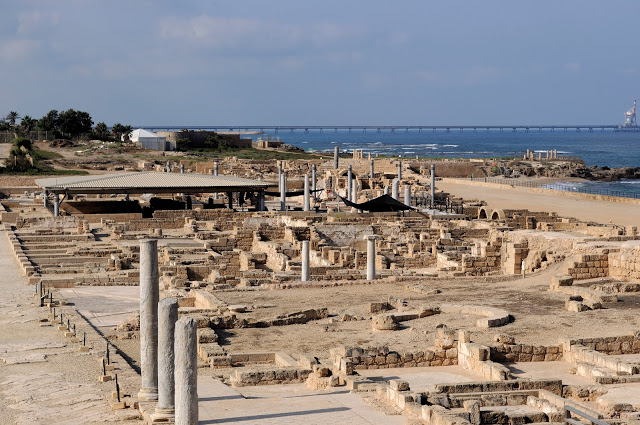
The new Gentile believers are baptised as “They have received the Holy Spirit just as we did!”. Peter stays in the Gentiles’ house at Caesarea for several days (Acts 10:23-48).
Peter reports back to the Jewish believers in Jerusalem (Acts 11:1-18).



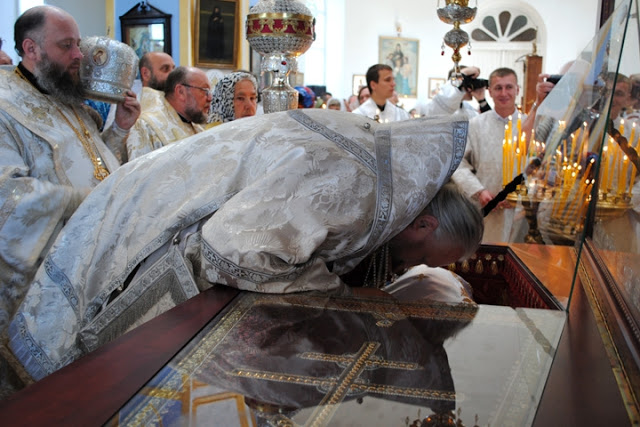
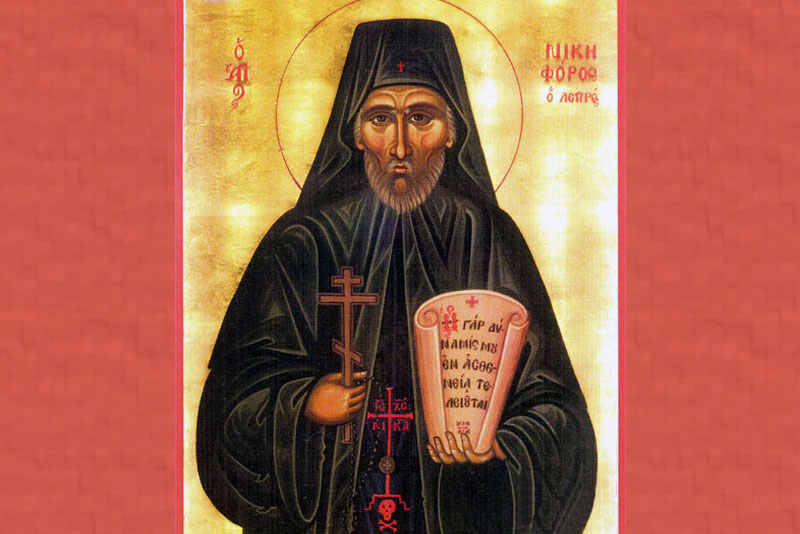
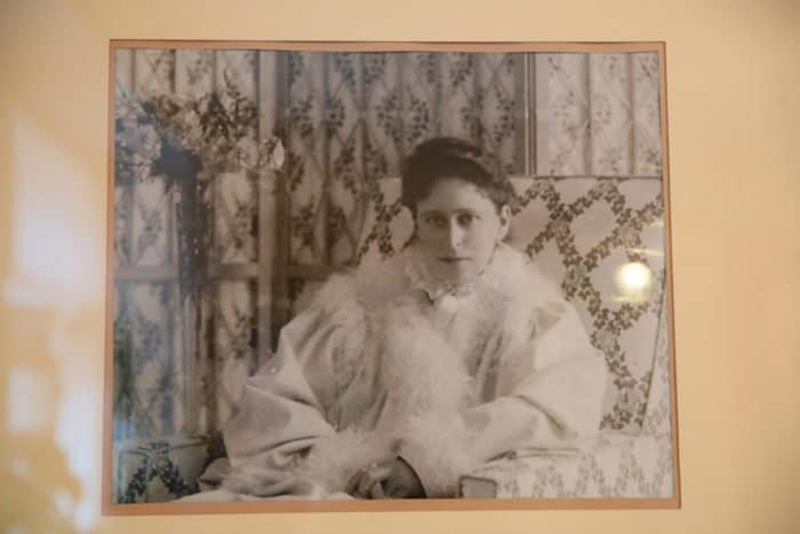
:"